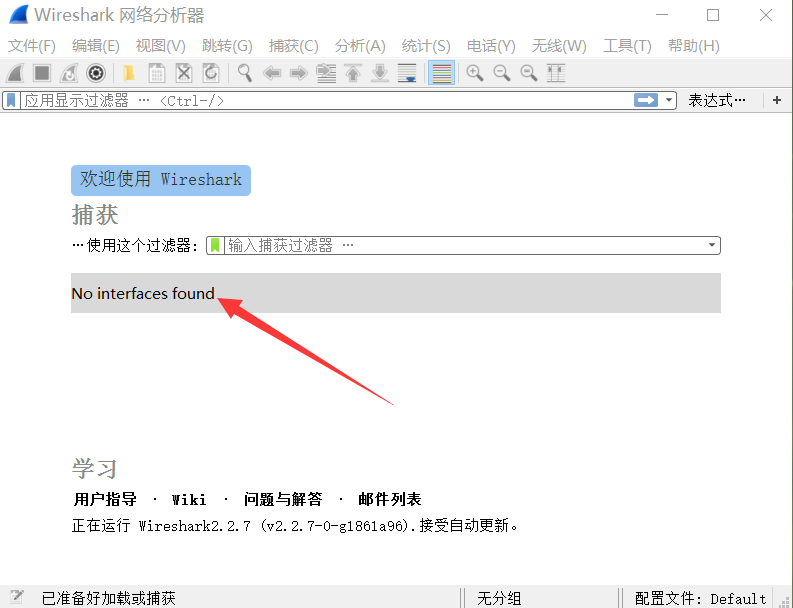

In GoA4, there is no more staff within the vehicle, all operations being automated. GoA3 is also called Driverless Train Operation (DTO).
PEAKHOUR NO INTERFACES FOUND DRIVER
In GoA3, there is no driver anymore, but onboard staff remains present.

The driver is still present to supervise the doors operation, and operations when disruptions occur. In GoA2, traction and braking are performed automatically by ATO, supervised by ATP. GoA1 is the first Grade of Automation, in which the driver is responsible for all actions, with ATP supervision. The International Association of Public Transport (UITP) has defined four levels of automation, named Grades of Automation (GoA), from GoA1 up to GoA4. ATP activates the emergency brake when these events occur. In this article, I will drive you into the world of Mainline ATO, its concepts and key challenges.ĪTO stands for Automatic Train Operation, consisting in a set of systems aiming to bring automation into the operations of trains.ĪTO is coupled with Automatic Train Protection (ATP), that ensures the supervision of the train: the overspeed and trespassing of danger points detection. Mainline Automatic Train Operation is now under the spotlights, with one operational system operated by Rio Tinto, several pilot projects in Europe, and a standardization project sponsored by the European Union. In 2021, some trains in Czech Republic provide automated driving with a national system, and China is experiencing automated driving up to 250 km/h on some units. While the milestone of 1000 km of automated metro lines has been reached in March 2018, automated operation for Mainline trains is nearly non-existent. Automation of Metro systems is not something new: technologies for Urban application have been deployed since the 60s.


 0 kommentar(er)
0 kommentar(er)
